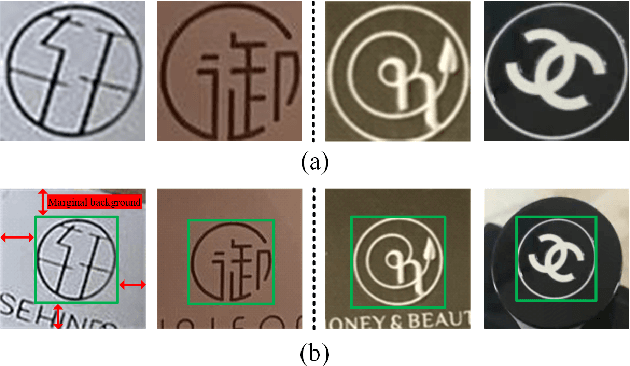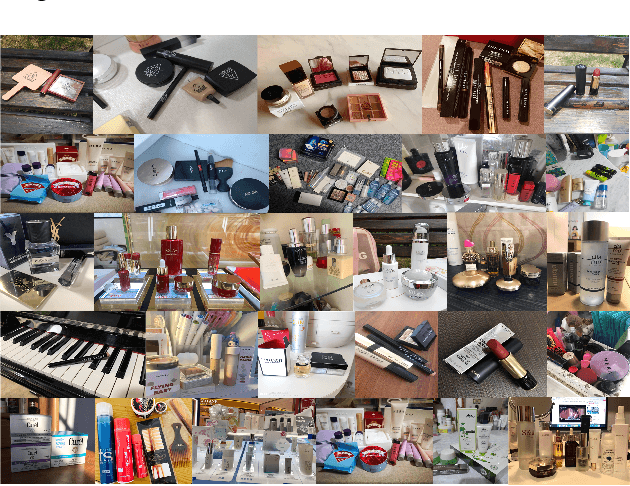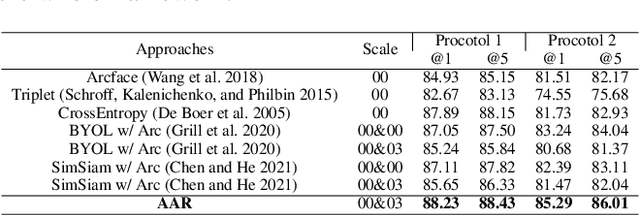Darun Tang
Online Pseudo-Label Unified Object Detection for Multiple Datasets Training
Oct 21, 2024



Abstract:The Unified Object Detection (UOD) task aims to achieve object detection of all merged categories through training on multiple datasets, and is of great significance in comprehensive object detection scenarios. In this paper, we conduct a thorough analysis of the cross datasets missing annotations issue, and propose an Online Pseudo-Label Unified Object Detection scheme. Our method uses a periodically updated teacher model to generate pseudo-labels for the unlabelled objects in each sub-dataset. This periodical update strategy could better ensure that the accuracy of the teacher model reaches the local maxima and maximized the quality of pseudo-labels. In addition, we survey the influence of overlapped region proposals on the accuracy of box regression. We propose a category specific box regression and a pseudo-label RPN head to improve the recall rate of the Region Proposal Network (PRN). Our experimental results on common used benchmarks (\eg COCO, Object365 and OpenImages) indicates that our online pseudo-label UOD method achieves higher accuracy than existing SOTA methods.
Makeup216: Logo Recognition with Adversarial Attention Representations
Dec 13, 2021



Abstract:One of the challenges of logo recognition lies in the diversity of forms, such as symbols, texts or a combination of both; further, logos tend to be extremely concise in design while similar in appearance, suggesting the difficulty of learning discriminative representations. To investigate the variety and representation of logo, we introduced Makeup216, the largest and most complex logo dataset in the field of makeup, captured from the real world. It comprises of 216 logos and 157 brands, including 10,019 images and 37,018 annotated logo objects. In addition, we found that the marginal background around the pure logo can provide a important context information and proposed an adversarial attention representation framework (AAR) to attend on the logo subject and auxiliary marginal background separately, which can be combined for better representation. Our proposed framework achieved competitive results on Makeup216 and another large-scale open logo dataset, which could provide fresh thinking for logo recognition. The dataset of Makeup216 and the code of the proposed framework will be released soon.
 Add to Chrome
Add to Chrome Add to Firefox
Add to Firefox Add to Edge
Add to Edge